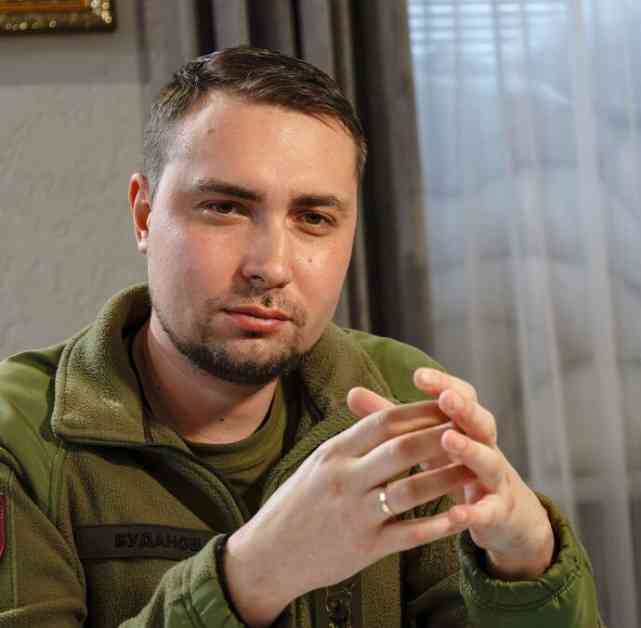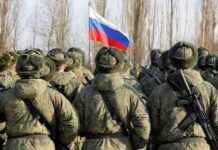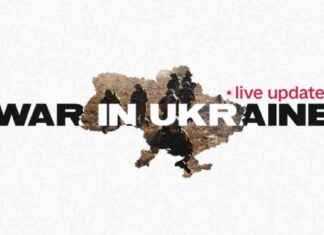Russia’s Costly War: Insights from Ukraine’s Intelligence Chief
In a recent interview with Ukrinform, Ukraine’s military intelligence chief, Kyrylo Budanov, revealed a startling figure: Russia is spending nearly $1 billion each day on its ongoing war against Ukraine. This staggering amount underscores the immense financial burden that this conflict has placed on both nations.
Budanov described the war as “extremely expensive,” noting that the daily cost of the conflict is just shy of $1 billion for Russia. This significant expenditure highlights the resources that Russia is dedicating to sustaining its military operations in Ukraine.
Budgetary Impact and Economic Consequences
The financial implications of Russia’s military campaign are far-reaching, as evidenced by the country’s recent budget allocation for 2025. The Russian State Duma approved a budget with 40 trillion rubles in revenue (equivalent to approximately $450 billion) and 41.5 trillion rubles in expenditures. Notably, defense and national security will consume around 8% of GDP, with 13.5 trillion rubles earmarked for defense and an additional 3.4 trillion rubles allocated for national security and law enforcement.
Budanov raised concerns about the significant portion of the budget dedicated to defense, noting that 41% of total expenditures are allocated to military spending. This allocation has come at the expense of social programs, healthcare, and education, reflecting the prioritization of military interests over civilian welfare in Russia.
Despite the economic strain that the war has imposed on Russia, Budanov acknowledged that the country’s abundant natural resources, such as oil, gas, metals, and precious stones, have helped to sustain its economy. However, he emphasized that the financial and economic impact of the conflict is already evident, suggesting that Russia’s economic stability may be precarious in the long run.
Human Cost and Military Losses
Beyond the financial implications, Budanov highlighted the human toll of the war, pointing to the mounting casualties on both sides. While Russia’s mobilization resources have enabled them to sustain their military campaign, the increasing casualties and fatalities cannot be ignored. Budanov emphasized that the Kremlin is acutely aware of the human cost of the conflict and must consider the impact of these losses on public sentiment.
Since the invasion of Ukraine began in February 2022, Russia has experienced significant military losses, with estimates indicating that over 700,000 Russian forces have been killed or injured in the conflict. The casualty rate has surged in 2024, with an average of approximately 1,000 soldiers being killed or wounded each day, underscoring the intensity of the fighting and the toll it has taken on Russian forces.
Expert Insights and Future Implications
In light of Budanov’s revelations, experts have expressed concerns about the long-term consequences of Russia’s costly war in Ukraine. The prioritization of military spending over social welfare programs raises questions about the sustainability of Russia’s economy and the well-being of its citizens.
As the conflict continues to unfold, it remains to be seen how Russia will navigate the economic challenges and human losses associated with its military campaign. The insights provided by Budanov shed light on the complex dynamics at play in the ongoing war and the implications for both Russia and Ukraine.
In conclusion, the high financial and human costs of Russia’s war in Ukraine underscore the profound impact of the conflict on both nations. As the conflict persists, it is essential to consider the broader implications of the war and the challenges that lie ahead for Russia and Ukraine.

















